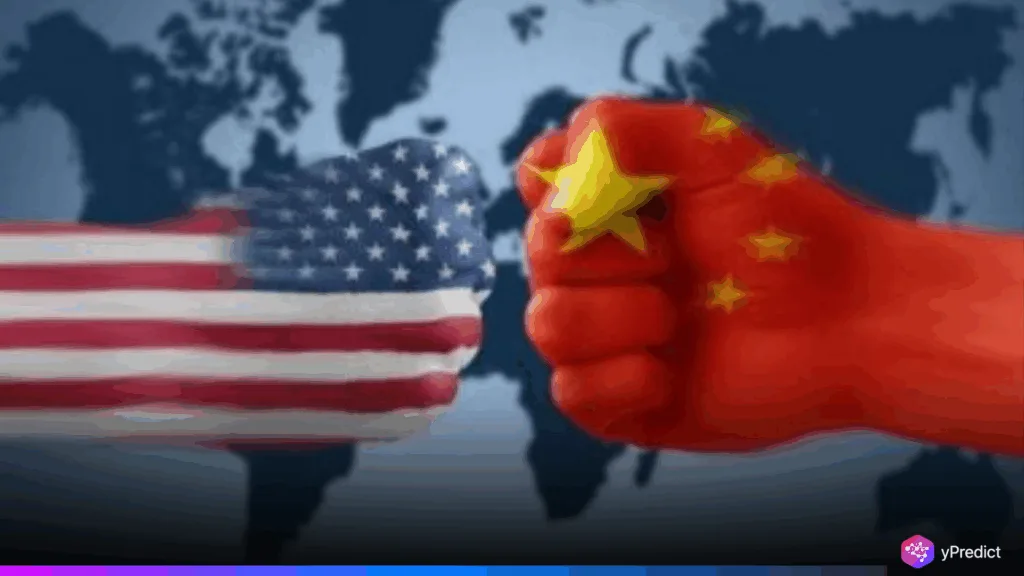
For years, Southeast Asia has attempted to sustain a diplomatic balancing act/finesse in relation to the United States and China. Leaders have consistently indicated they do not want to take sides, and have pursued a foreign policy based on flexibility, open regionalism, and economic realism It seems this balancing act is being disrupted.
According to Yuen Foong Khong and Joseph Chinyong Liow, the region that has ostentatiously rejected the idea of strategic alignment, is now “quietly drifting into Beijing’s orbit.” This drifting is not sudden or openly announced. Rather, it is galvanized by our collective diminishing sense of economic attachment, and reflected in increasing economic ties, infrastructure investments, and changing perceptions of American commitment.
China’s Growing Appeal in the Region
China’s involvement in Southeast Asia has steadily moved upward through trade, diplomacy, and infrastructure projects. The Belt and Road Initiative has injected billions of dollars into the economies of the region as well as domestic transport, energy and digital infrastructures. Countries such as Laos, Cambodia, and Myanmar are beginning to experience deeper dependency on investment from China.
The Chinese government essentially gives its support on a non-interference condition; this is appealing to both local governments and leaders as this is clearly different than Washington’s foreign policy, which ties aid and regional cooperation to reforms on governance and human rights. Also, Beijing’s style is less intrusive and signifies respect to the regional authority, making these regional leaders more comfortable.
Economic Dependence Drives Political Alignment
Economic pragmatism permeates Southeast Asia foreign policy. As China serves as the region’s largest trading partner, economic priorities lead to shifting strategic preferences. Chinese markets are absorbing a tremendous amount of Southeast Asian exports. Chinese tourists and investments propel significant sectors of the economy.
Countries’ economic dependence makes it increasingly difficult for countries to push back against Chinese assertiveness in the South China Sea. Governments may not want direct confrontation, but rather economic stability. A cautious, gradual approach can turn into a tacit alignment with Beijing’s interests.
Why U.S. Influence Is Declining in Southeast Asia
While the U.S. still holds influence, its position appears increasingly inconsistent. Trust declined after Trump withdrew from the TPP, and Biden has not restored confidence by failing to rebuild that framework. The Indo-Pacific Economic Framework has also failed to inspire the same level of regional trust.
Southeast Asian countries continue to value U.S. military partnerships, especially in places like the Philippines and Singapore. However, many view the American approach as overly focused on defense. These nations prefer development-oriented support over militarized engagement. As a result, the U.S. faces growing disconnect in the region.
Ask ChatGPTSoutheast Asia.
Regional Power Dynamics Are Being Redrawn
The evolving balance of power between the United States and China is more than just a geopolitical struggle. The contest is one of influence, values, and visions for the future of the region. As the regional power situation develops, so is Southeast Asia foreign policy.
ASEAN states are not formally aligning with China, but there is a recalibration of positions. Many of them are hedging less, and they are much more open to engaging with China. Even traditionally neutral ASEAN states such as Indonesia, and Malaysia are deepening their cooperation with China on trade and infrastructure.
Southeast Asia’s Strategic Future Is Being Defined Now
The notion that Southeast Asia can remain neutral is harder to hold onto. While no government wants to break from Washington, many see a greater benefit by positioning themselves with Beijing. The region’s tradition of strategic ambiguity is yielding to an unspoken preference for China.
This realignment does not mean the U.S. is necessarily being squeezed out of the region; rather, it signifies a dramatic change to how Southeast Asia understands its position in a world characterized by Chinese-American rivalry. The future of Southeast Asia will be determined by how successfully it manages this evolution, as it retains its relative independence.







